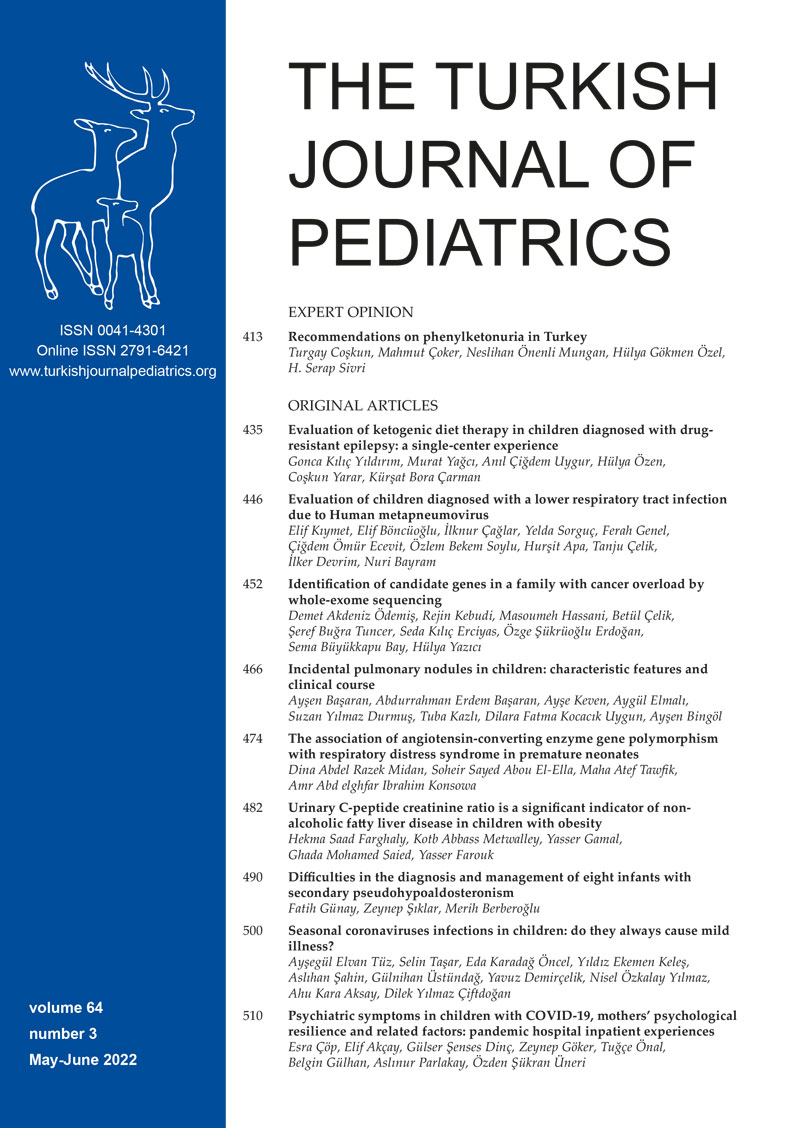Abstract
Background. There is limited information about the prevalence and risk factors of inguinal hernia and undescended testis in patients with spina bifida (SB). The aim of this study was to identify the properties and prevalence of inguinoscrotal diseases in these patients.
Methods. A questionnaire was completed by parents of patients with the diagnosis of SB in our center. Together with demographic data, presence an of inguinal hernia, side, operation history, presence of ventriculoperitoneal (VP) shunt, type of SB aperta or occulta, recurrence and presence of undescended testis were questioned. Patients were grouped into 2 as SB aperta and occulta. The prevalence of these pathologies and their clinical properties were evaluated.
Results. In this study, 388 patients were evaluated. Of these, 238 patients had SB aperta and 150, SB occulta. There was no significance in comparison of gender. The prevalence of inguinal hernia was 12.6% in general. A hernia was noted in 37 SB aperta patients (15.6%) whereas this was seen in 12 of the SB occulta patients (8%) (p=0.029). When there was a VP shunt, hernia prevalence was 21.5% and when there was no shunt, this ratio was 7.1% (p=0.0001). Prevalence of inguinal hernia was 21.8% in males and 3.2% in females (p=0.0001). When there was a VP shunt with SB aperta the prevalence was 21.9% and when a VP shunt was present with SB occulta, this number was found to be 13.3% (p=0.006). The prevalence of undescended testis was 17.7% and there was no difference between SB aperta and occulta patients.
Conclusions. Inguinal hernia and undescended testis are more frequent in SB patients when compared to the normal population. VP shunts and male gender may be risk factors for inguinal hernia in these children. These findings may imply neurological factors in the etiology of inguinal hernia and undescended testis.
Keywords: children, inguinal hernia, spina bifida, undescended testis
Copyright and license
Copyright © 2022 The Author(s). This is an open access article distributed under the Creative Commons Attribution License (CC BY), which permits unrestricted use, distribution, and reproduction in any medium or format, provided the original work is properly cited.














